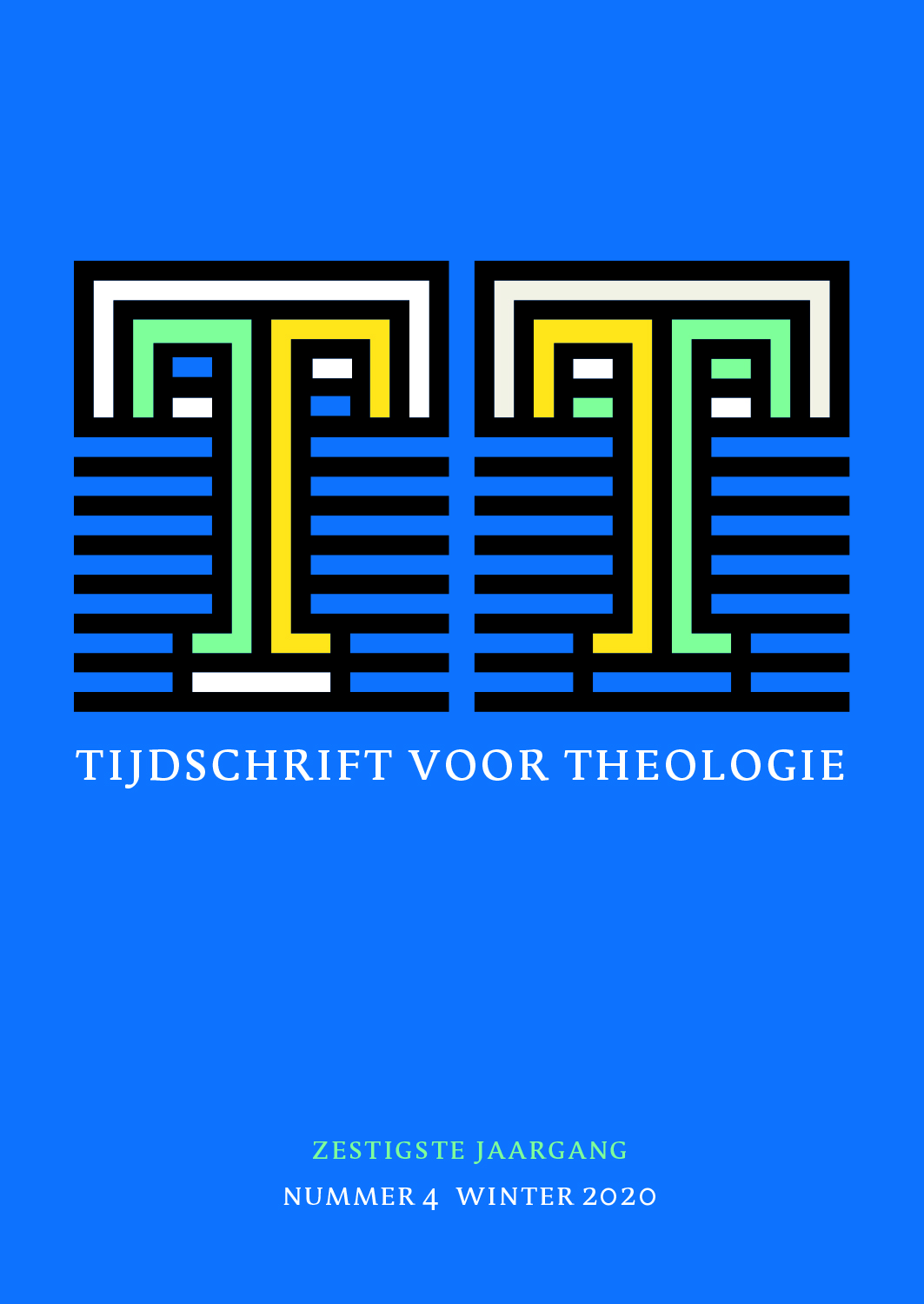 previous article in this issue previous article in this issue | next article in this issue  |

Preview first page |
Document Details : Title: De voorbeeldigheid van het martelaarschap Subtitle: Laatantieke cultivering van een christelijke ‘identity marker’ Author(s): DUPONT, Anthony , LEEMANS, Johan Journal: Tijdschrift voor Theologie Volume: 55 Issue: 2 Date: 2015 Pages: 111-122 DOI: 10.2143/TVT.55.2.3197432 Abstract : ‘In tuo adventu suscipiant te martyres et perducant te in civitatem sanctam Jerusalem.’ (‘Mogen de martelaren u bij uw komst begroeten en u leiden tot in de hemelse stad Jeruzalem.’) Zo klinkt het tot op vandaag aan het einde van de katholieke begrafenisliturgie, wanneer de overledene vanuit het kerkgebouw naar zijn laatste rustplaats wordt gedragen. Het idee van de martelaren die, nu zij bij God zijn, als schutspatroon en bemiddelaar fungeren en de overledene aan gene zijde opvangen, gaat terug tot de beginperiode van het christendom. Dat dit ook heden nog in de liturgie doorleeft, mag gelden als een illustratie van de krachtige en blijvende invloed die de figuur van de martelaar en het thema van het martelaarschap doorheen de hele christelijke geschiedenis hebben uitgeoefend op theologie, cultuur en geleefd geloof. In beeld en ritueel, theologische reflectie en literatuur, historisch onderzoek en populaire verering werden de rol en betekenis van de martelaar en het martelaarschap binnen het christendom in elke tijdsperiode en in alle regio’s steeds opnieuw her-dacht. Deze recontextualisatie door herinnering en reflectie focust enerzijds op het heldhaftige lijden en de zelfopofferende dood van de martelaar, maar anderzijds ook op diens voorafgaand deugdelijk leven als inspiratiebron voor christenen van alle tijden. In voorliggend essay willen we met deze dubbele insteek enkele belangrijke kenmerken van de christelijke betekenis van het martelaarschap schetsen. We vertrekken hierbij van voorbeelden uit de late oudheid. The history of Christianity shows that time and again people die for their beliefs. In the present paper we examine how, despite this horrible reality, Christians always have been (and still are) fascinated by martyrdom. In images and rituals, theological reflection and literature, historical research and popular cult, the role and the significance of the martyr and martyrdom in Christianity were re-membered/-thought in each historical era and in all regions. This recontextualisation through remembrance and reflection focuses, on the one hand, on the heroic suffering and sacrificial death of the martyrs, but at the same time also on their previous virtuous life as an exemplary inspiration for Christians of all times. This dual approach will guide us in the present essay to outline some of the crucial characteristics of the Christian understanding of martyrdom. Examples from Late Antiquity, like the martyrs Stephen and Julitta and theologians such as Basil the Great and Augustine of Hippo who gave shape to an early discourse on martyrdom, will function as our points of departure. These examples illustrate the powerful and lasting effect the figure of the martyr and the theme of martyrdom had throughout the history of Christian theology, culture and lived faith. |
|


